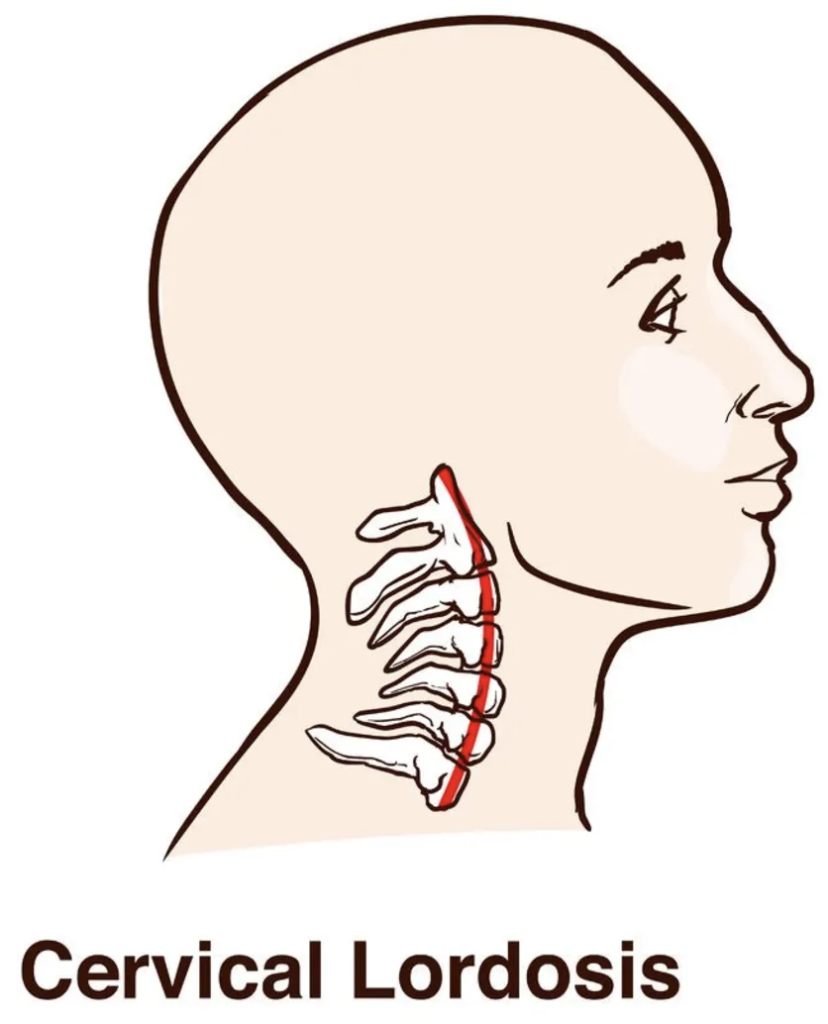
Cervicogenic headache and posture
Poor posture has often been associated with the development or experience of neck-dysfunction related headaches (cervicogenic headaches or CGH; cervico= neck, genic= arising from). Previous studies have been inconsistent in their findings. This may be due to poor subject selection, limited number of participants or measurement error. In children, there has been consistent research demonstrating that forward head posture is more likely to be associated with the onset of neck-related headaches.
However, studies of the adult population were inconsistent in their findings. The current study this article discusses, demonstrated that for every 1 degree increase in general cervical lordosis, there was an 8% increase in experiencing headaches related to neck dysfunction.
Cervicogenic headaches are defined by three criteria
- Unilateral headache at least once/week over the past 2 months
- Neck pain before, during or after the headache
- Pain aggravated by movement or specific postures of the neck.

Cervicogenic headaches are not the same as tension-type headaches or migraines. Other factors that may contribute to CGH include altered muscle tension, altered proprioception (perception of head or neck position) and hypersensitivity of the joint or disc.
This study looked at measurements taken by x-ray to see if there was an association between bony alignment (posture) and presence of CGH.
The study found that for every every 1 degree increase in general cervical lordosis (GCL), there was an 8% increase of experiencing CGH. Other measurements were similar between those who did and did not experience headaches.

The researchers concluded that although their findings with x-ray imaging demonstrated a consistent association between cervical lordosis and CGH, other information may be provide additional benefit in the diagnosis and treatment of this condition. This may be neck range of motion, joint mobility and alteration of muscle tension.